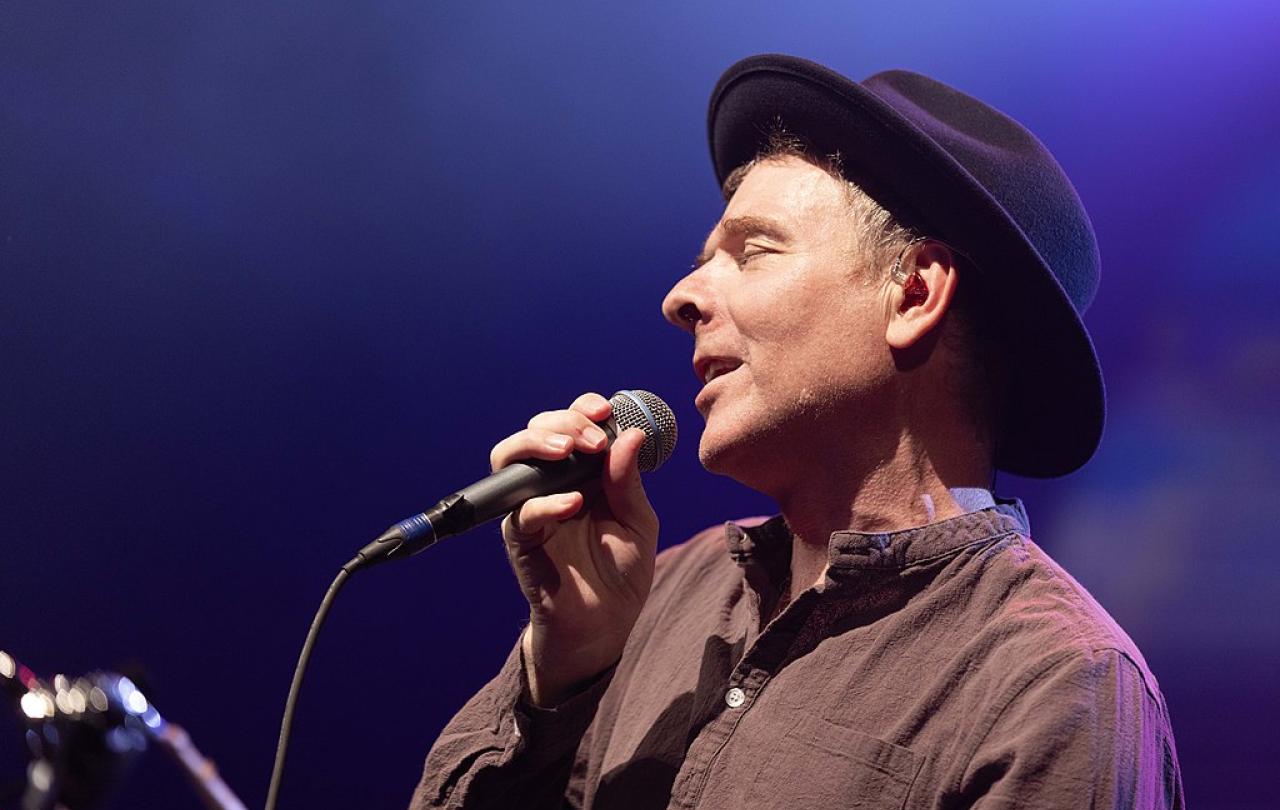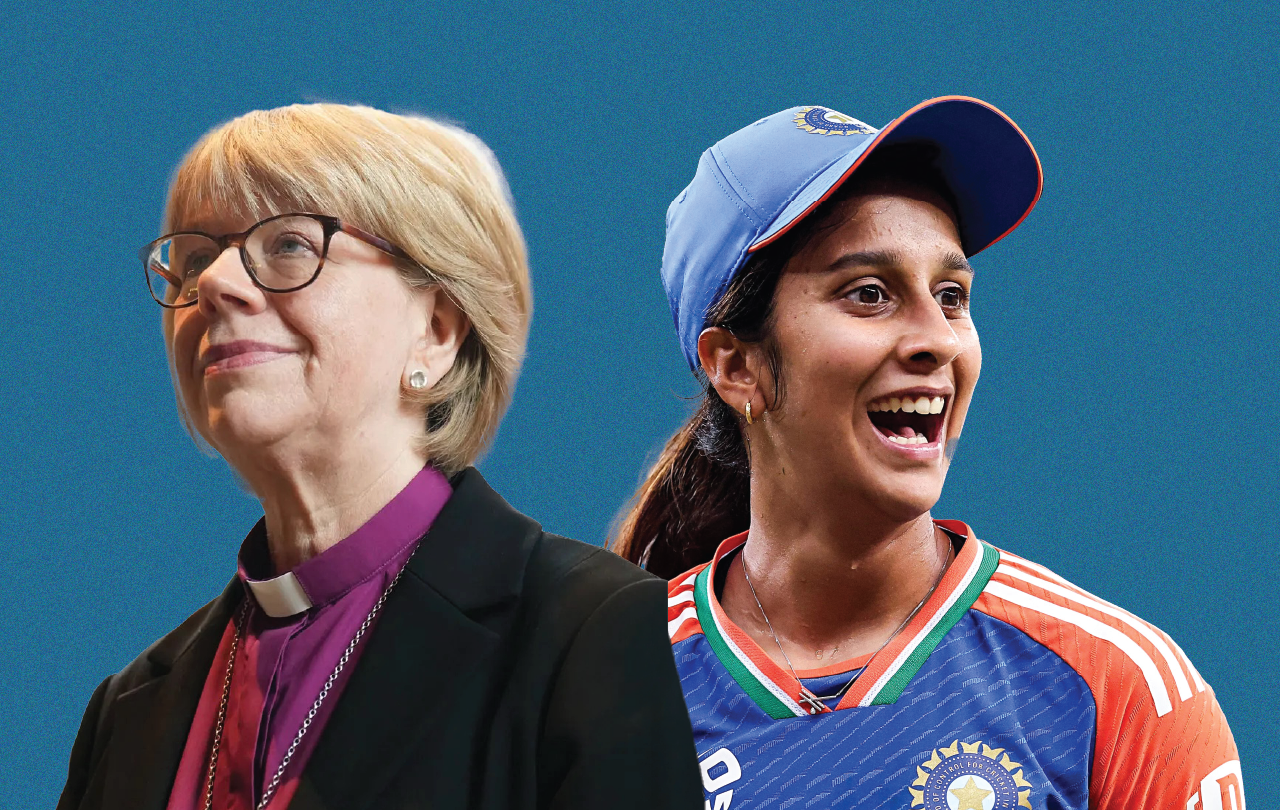
Nobody's Empire: A Novel is the fictionalised account of how Stuart Murdoch, lead singer of indie band Belle and Sebastian, transfigured his experience of Myalgic encephalomyelitis/chronic fatigue syndrome (ME) through faith and music.
The book has two Belle and Sebastian songs as its keystones. The first, ‘Nobody's Empire’, gives the book its title and is a description of how it feels to have ME:
‘I clung to the bed and I clung to the past
I clung to the welcome darkness
But at the end of the night there's a green green light
It's the quiet before the madness’
Murdoch has been living with ME since the 1980s and is an outspoken advocate for those who have the condition. His experience, as described in ‘Nobody’s Empire’, has been that ‘We are out of practice, we're out of sight / On the edge of nobody's empire’. That is also the experience of Stephen, the central character in Nobody’s Empire, a music loving romantic in Glasgow in the early 1990s who has just emerged from a lengthy hospital stay having been robbed by ME of any prospects of work, a social life or independent living. In Glasgow, he meets fellow ME strugglers who form their own support group and try to get by in life as cheaply and as painlessly as possible.
As the story progresses, he finds he has the ability to write songs and wakes to the possibility of a spiritual life beyond the everyday. Later, he leaves Glasgow with his friend Richard in search of a cure in the mythic warmth of California. Because Murdoch is fictionalising his own experience, Nobody’s Empire offers its readers compelling insights into the experience of ME, particularly the experience of having the condition in the early days when it was little understood. He writes, too, with an engaging ingenuous and childlike curiosity about life and his own experiences.
Nobody’s Empire adds to the conversation about what faith means to rock’s stars.
The second song ‘Ever Had a Little Faith?’ is included towards the end of the novel as one of the early songs written by Stephen. This song, in which the line ‘Something good will come from nothing’ is repeated, is actually an early Belle and Sebastian song that was only recorded for a later album Girls in Peacetime Want to Dance. It is a song that was inspired by a sermon preached by Rev John Christie, Minister at Hyndland Parish Church in Glasgow, the church Murdoch attends. He has said of the song: "The sentiment was based on a sermon that our then minister, John Christie, preached about simply getting through a dark night, and the hope of morning."
This Easter morning sense that good will come from the nothingness of being on the edge of nobody’s empire is an experience of transfiguration. Revd Sam Wells, Vicar of St Martin-in-the-Fields has preached perceptively on prayer in terms of incarnation, resurrection, and transfiguration. The prayer of incarnation is a prayer for God to be with us in our difficult circumstances. The prayer of resurrection is a prayer for God to change and fix our difficult circumstances. Then, in response to a possible situation of need, Wells says of a prayer of transfiguration:
“God in your son’s transfiguration we see a whole new reality within, beneath and beyond what we thought we understood. In their times of bewilderment and confusion show my friend and her father that they may find a deeper truth to their life than they ever knew, make firmer friends than they ever had, find reasons for living beyond what they ever imagined and be folded into your grace like never before. Peel back the beauty and strength of their true humanity, transform and transfigure from this chaos and pain something new, something good, something of life.”
This is where Stephen’s story and Murdoch’s experience takes us as there is no fix for ME, as for many other health conditions or disabilities, and Stephen/Murdoch ultimately has no desire to be fixed, as ME becomes an important part of identity for them. Instead, Nobody’s Empire takes us up the mountain through Stephen and Richard’s California experiences, as was the case for Jesus and his disciples at the Transfiguration, so we can see beyond and come to know a deeper reality. As Wells puts it, the prayer of transfiguration is to “Make this trial and tragedy, this problem and pain a glimpse of your glory, a window into your world, where I can see your face, sense the mystery in all things, and walk with angels and saints.”
Faith has featured compellingly in a significant number of relatively recent books by rock stars including, among others, Surrender by U2’s Bono, Walking Back Home by Deacon Blue’s Ricky Ross, and Faith, Hope, and Carnage, the record of conversations by Nick Cave and the journalist Sean O'Hagan. Murdoch’s Nobody’s Empire adds to the conversation about what faith means to rock’s stars and how that is expressed through their music but offers an alternative take both as fiction and as a story in which faith and music combine to transfigure life and ME in ways that enable good to come from nothing:
“Do you spend your day?
Second guessing faith
Looking for a way
To live so divine
Drop your sad pretence
You'll be doing fine
You will flourish like a rose in June
You will flourish like a rose in June
Ever had a little faith?
Ever had a little faith?”
Nobody’s Empire: A Novel, Stuart Murdoch, Faber & Faber, 2024.
Seen & Unseen is free for everyone and is made possible through the generosity of our amazing community of supporters.
If you’re enjoying Seen & Unseen, would you consider making a gift towards our work?





